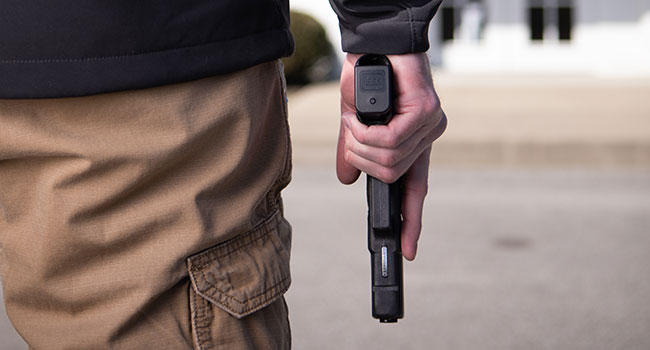
It Happened Again
- By Matt Jones
- Mar 29, 2023
Just yesterday (as of this writing), it happened again. A 28-year-old woman shot her way into a Christian elementary school in Nashville, Tenn., on Monday and killed three children and three adults, according to national news. AP News reports that the victims were three 9-year-old children, a top school administrator, a substitute teacher, and a school custodian.
This latest school shooting will likely cast a shadow over ISC West in the coming days. As we move from booth to booth, chat with industry professionals, listen to keynote speeches, we’ll likely hear plenty of references to “what happened on Monday” or “After what just happened in Nashville.” But any discussion of or oblique references to the Nashville shooting are really just code for discussion the real problem: the recent epidemic of active shooter incidents in the U.S., especially in schools.
On one hand, the entire security industry exists to protect people from incidents of chaos, randomness, aggression. That’s why we have access control and video surveillance, AI-based facial recognition technology and emergency response plans, weapons detection technology and emergency communication systems. For every one shooting that happens, there are probably a hundred that didn’t because the proper preventative measures were in place. It brings to mind the old adage, “I didn’t invent the rainy day; I just sell umbrellas.”
On the other hand, that gnawing frustration remains that we shouldn’t have to live like this. We shouldn’t have to live in a world where classrooms need bulletproof bunkers, where students have to empty their bookbags onto a conveyor belt and pass through a metal detector every morning, where active shooter drills have become just as common as fire drills.
It’s hard not to feel like we’re being constantly responsive, like we keep slapping bandages on symptoms instead of addressing the root cause of the issue. Nobody can quite agree on what that root cause is—mental health? Gun laws? Teenage angst? I’m not going to pretend that I have any special insight or magic solution. I’m privy to the same set of facts as everyone else and not an iota more.
But some kind of larger change needs to start happening soon, because we can’t keep doing this. We can’t keep living and sending our kids to school and constantly offering “thoughts and prayers” like this. This has to stop.